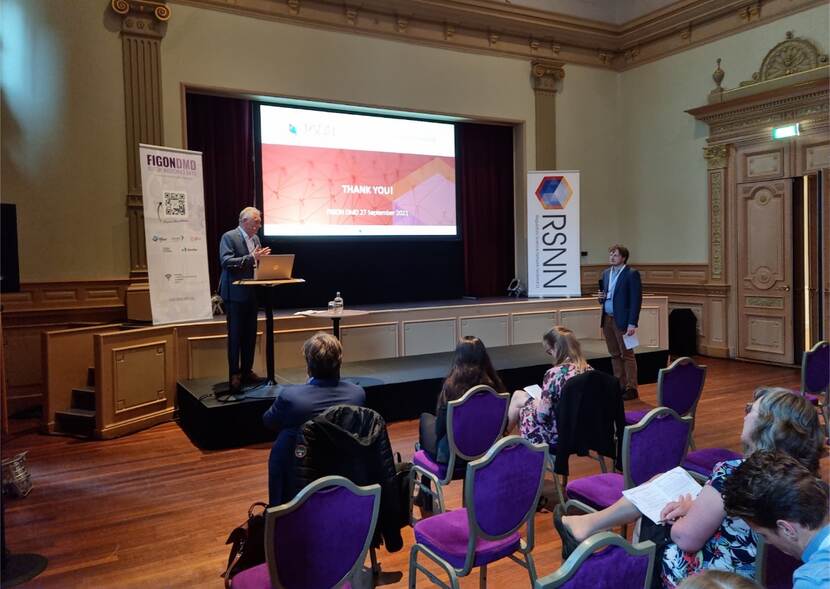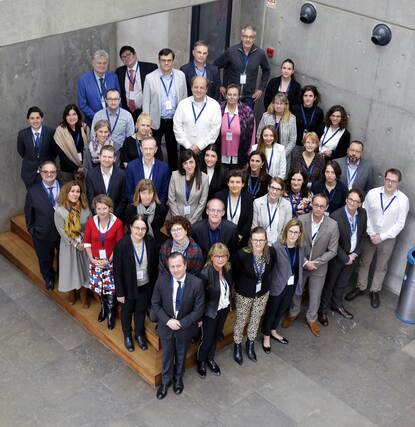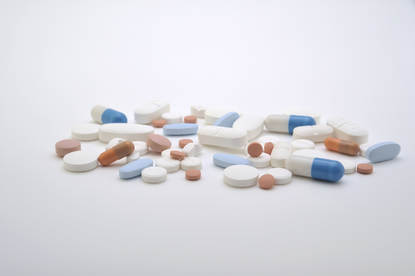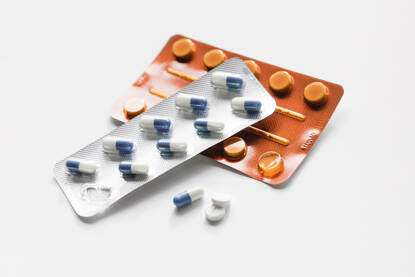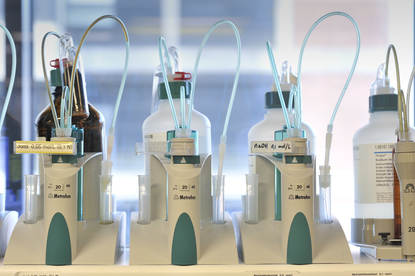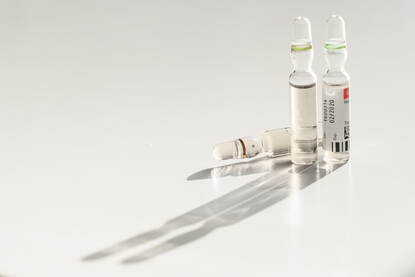The Dutch Medicines Days (DMD) is the annual conference of the Federation for Innovative Drug Research Netherlands (FIGON) where partners from industry, institutes and government can present their findings, share new scientific content and strengthen their network.
The DMD were held on 27 and 28 September 2021, at the Stadsgehoorzaal in Leiden. The general topic of this year was ‘Translational Medicine'. Two sessions are discussed in more detail below.
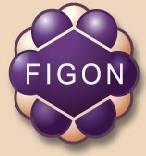
Session 1: Quality and Pre-clinical Assessment of IMPS under ECTR
(hosted by CCMO)
The European Clinical Trial Regulation 536/2014 (ECTR), will come into force on 31 January 2022. At the DMD, the implementation was discussed. Speakers included Monique Al from the National Clinical Trial Office (CCMO), Frank Jansman from the BEBO (a large Medical Research Ethics Committee, which assess the majority of First-in-human trials in the Netherlands) and representatives from MEB.
Important in the ECTR is the new EU Portal CTIS, with stringent timelines. Frank Jansman (BEBO) highlighted some early experience with six submissions that have been handled. Preclinical issues were identified and these have been discussed.
Jan Willem van der Laan (MEB) provided a perspective from an European point of view, using the “Guideline on strategies to identify and mitigate risks for first-in-human and early clinical trials with investigational medicinal products” (2017). He explained the principles in this guideline with regard to the concept of “Uncertainty”. The pharmacological rather than the toxicological properties are important to support the Minimal Anticipated Biological Effect Level (MABEL) for setting the starting dose.
Bastiaan Nuijen, pharmacist at CCMO, as well as Martijn van der Plas (MEB) presented some issues related to the assessment of Investigational Medicinal Product Dossiers (IMPDs). This will be based upon existing EMA guidance taking into account the stage of development of the product, offering the possibility to justify deviations. MEB and CCMO have started a formal cooperation to manage IMPD assessment under the ECTR. The MEB has extensive chemical-pharmaceutical and-biological expertise, and broad experience with European procedures. However, the application of this expertise to IMPDs, where the regulatory expectations are different, constituted a new challenge for the MEB, and ‘we are on a learning curve here’.
Session 2: Regulatory Readiness – what is it and why should we care?
(hosted by RSNN, KNMP and ZonMW)
During this session, three speakers explored one aspect of this topic, registry data for the purpose of medicine development and authorisation.
To kick off the afternoon, Sjaak Bot (Janssen & Lygature) introduced the theme of regulatory readiness and the work that RSNN is doing to further develop the concept of regulatory readiness levels. Currently, a significant delay exists between the high pace of regulatory innovations and their implementation in the regulatory framework. This is understandable given that regulatory authorities have the complex task to ensure protection of public health while facilitating access to the best possible healthcare interventions in a timely and affordable manner.
The concept of regulatory readiness levels can assist in assessing readiness of regulatory methodology and to facilitate multi-disciplinary interaction to accelerate implementation. The focus is not the medicinal products themselves, but the regulatory methodology evaluating the quality, benefits, and risks of medicinal products. The RSNN will further explore this topic in the coming period and potentially set up pilot projects.
After this, two case examples were presented. First, the Dutch Melanoma Treatment Registry (DMTR), a population based registry for melanoma patients, was presented by Rawa Ismail and Michel Wouters who presented on behalf of DICA. This registry clearly shows the value of concerted and long-term investment in disease registry, for example for benchmarking, research, and shared decision-making. Furthermore, the DMTR is proven to play a role in replacing or complementing post-launch trials under certain conditions.
The second registry case was the MLD initiative, an academia-led registry for metachromatic leukodystrophy, which was presented by Daphne Schoenmakers (Amsterdam UMC). The Initiative brings together 15 expert centers from 9 countries and is in an earlier stage of development. One of the main ambitions of the registry is to make sure that the ‘triangle’ between academia/registry holders, pharmaceutical companies, and regulatory authorities operates appropriately for the benefit of the patient. For the future, the Initiative will focus on expanding the data collection, sharing, and learning from experiences, aligning stakeholders and potentially following up with regulatory qualification.
After the two case examples, Marjon Pasmooij provided a regulatory perspective on registry data. In her presentation she highlighted the (increased) use of registry data in regulatory decision making, as well as some of the main challenges encountered with registry data. These include recruitment challenges, data quality, quality control and funding sustainability. In this context, dialogue between regulators, companies and registry holders can help to better understand barriers and opportunities for the use of disease registries. Recent EMA initiatives in this context, such as the (draft) guideline on registry based studies should help address these issues and create a future where we move from product registries often owned by a single company to collaboration on disease registries for long-term patient follow-up.
Both registries highlighted the value of collaboration between stakeholders and the value of interactions with regulatory authorities and HTA agencies. The regulatory readiness levels proved to be a relevant thinking tool and a way to classify various innovations. The RSNN will take on board the experiences of the two sample registry initiatives to further develop the regulatory readiness model. For the future, it will be worthwhile for all stakeholders to continue to follow these exciting and valuable registry initiatives as they further grow, expand, and continue to add more value for patients.
